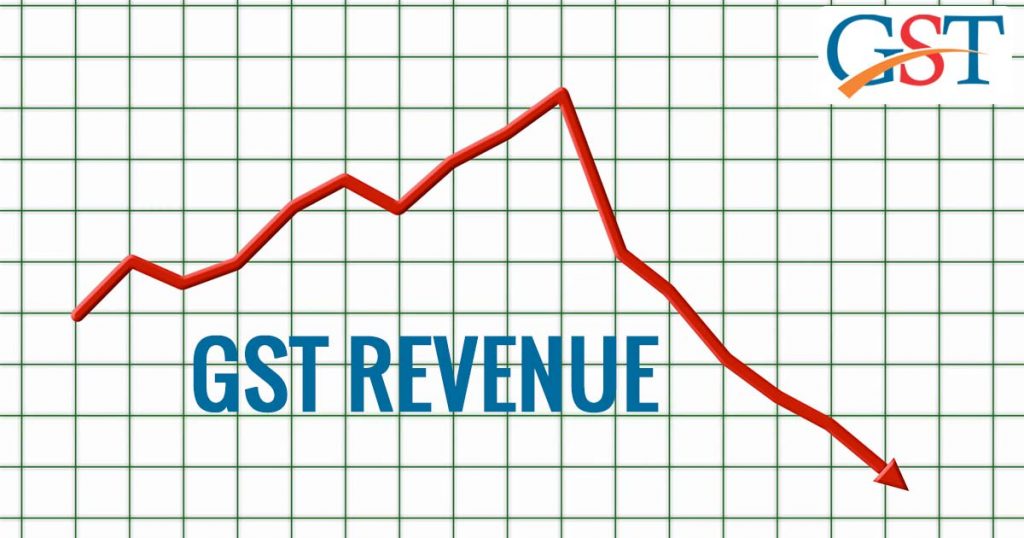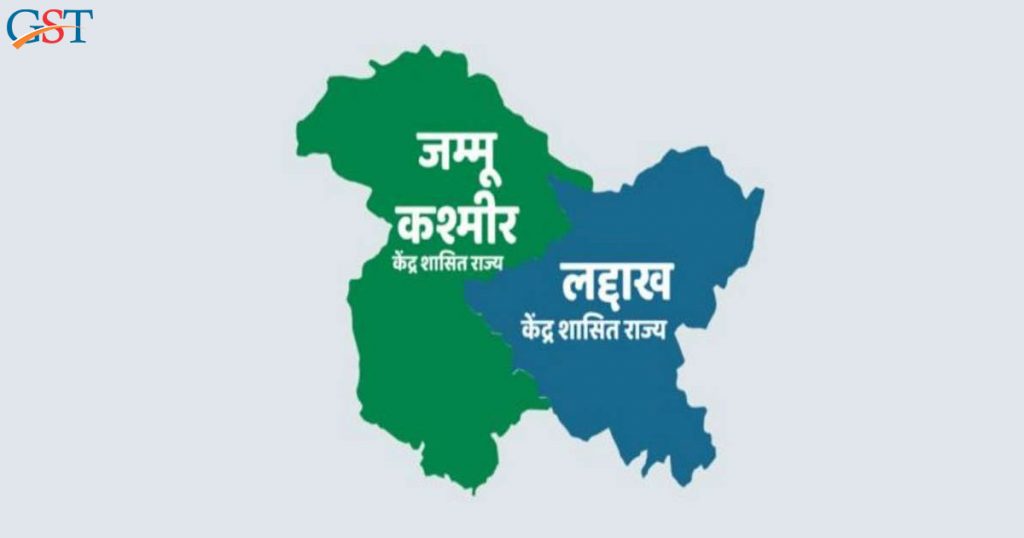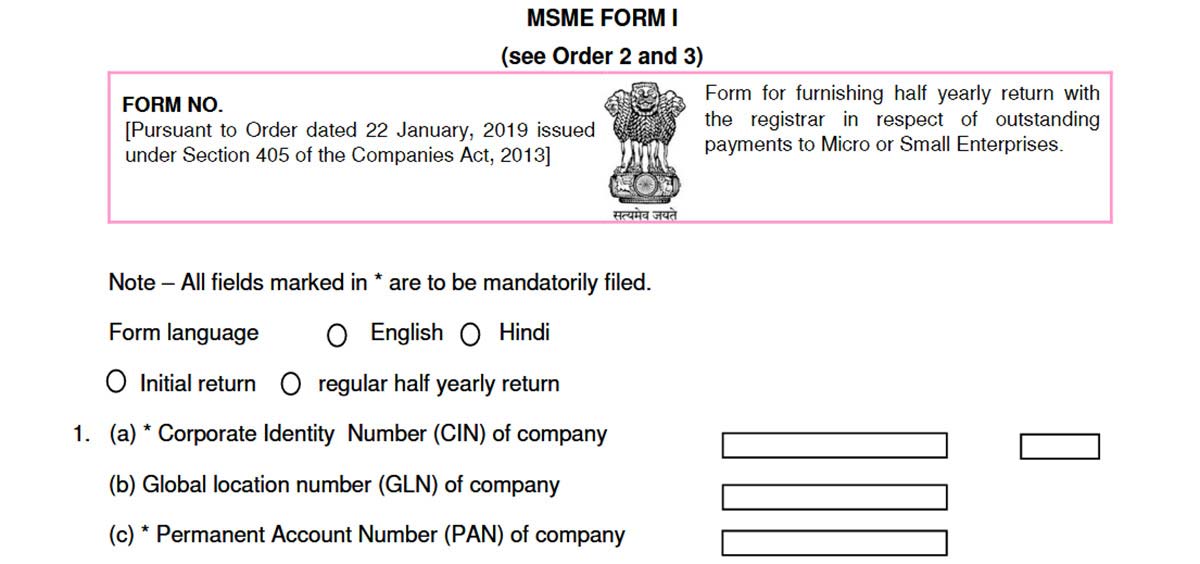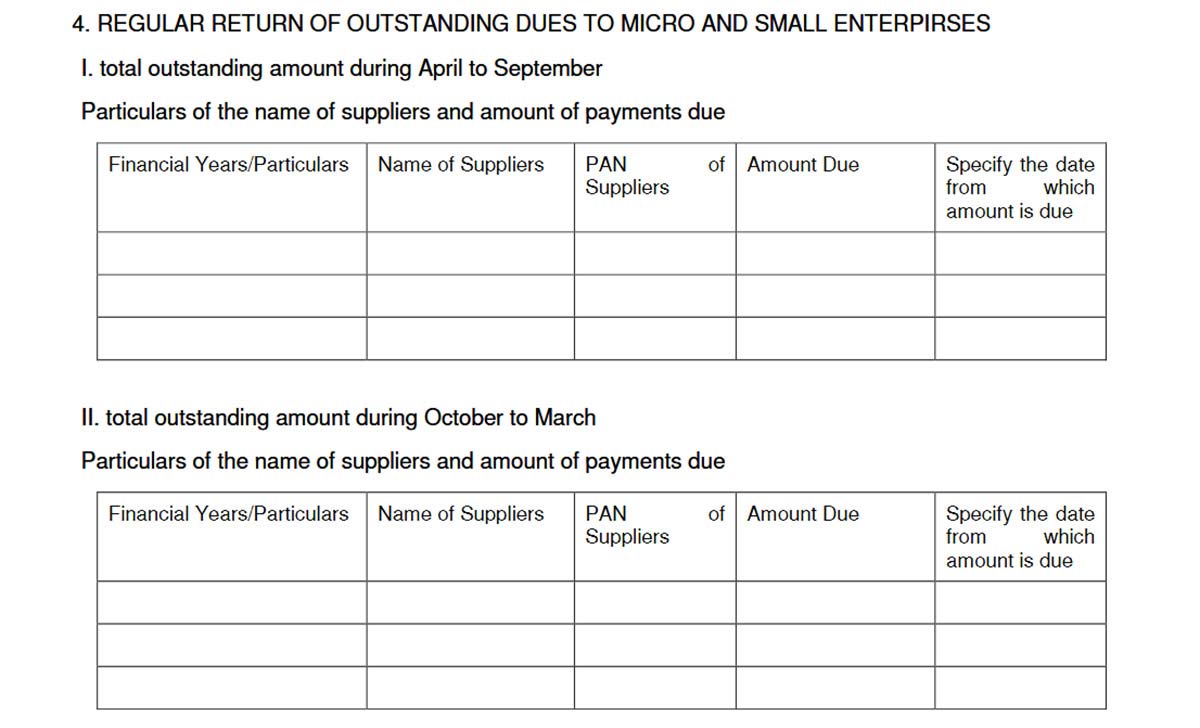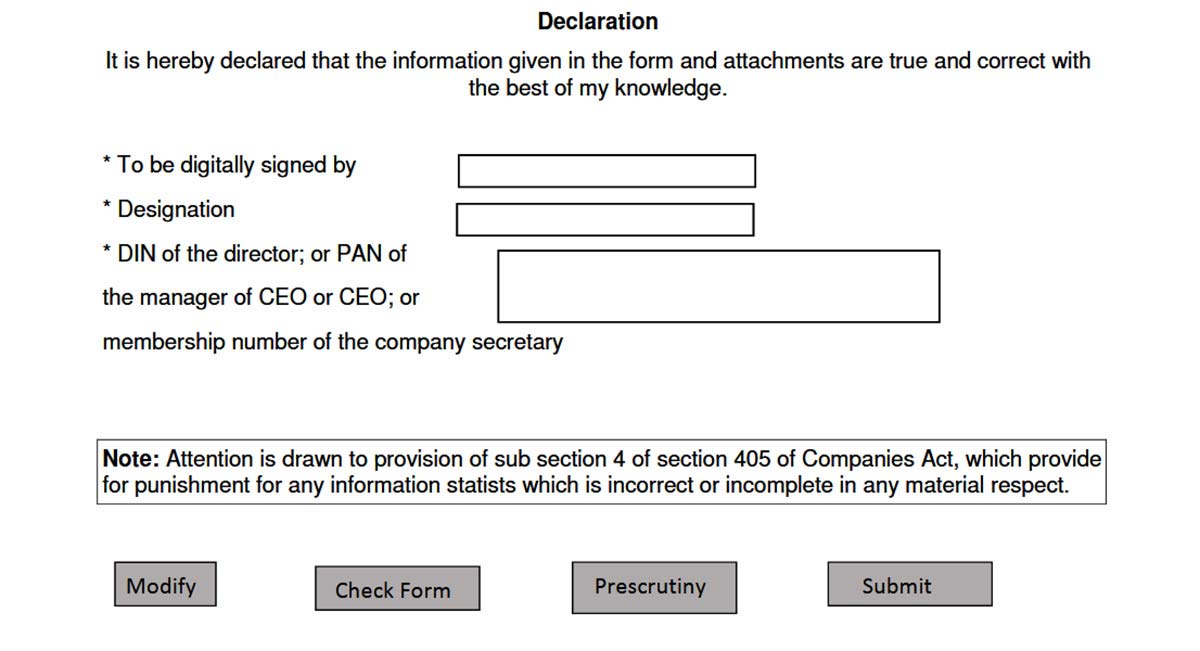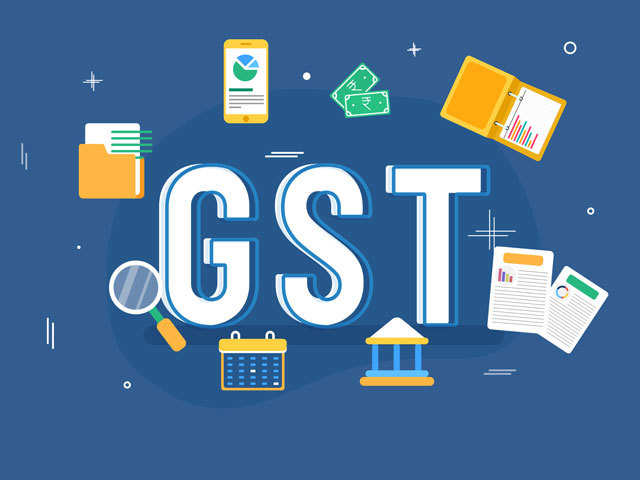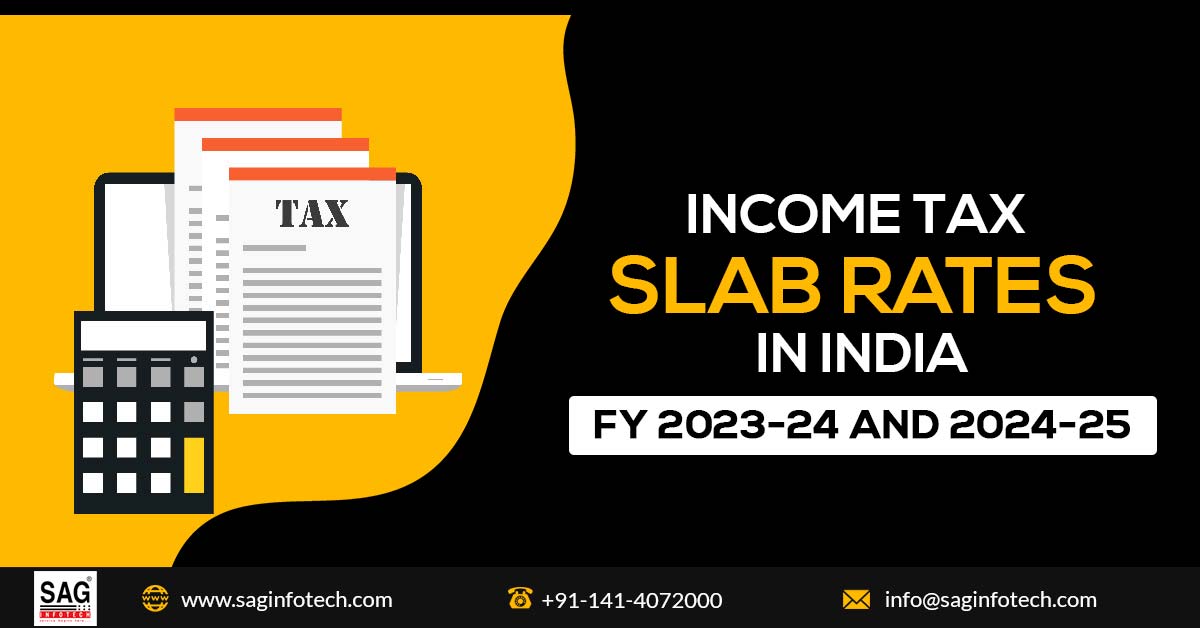
Income tax is a kind of direct tax among the two types of taxes – direct tax and Indirect Tax. Income Tax is charged by the government on the income earned by the taxpayer or any profit or revenue generated by him in a specific Fiscal Year i.e. the year in which income is generated. Income tax new rate and slabs for the FY 2019-2020 or the AY 2020-2021 were declared at the time of budget 2019.
However, an assessee pays the income tax in the assessment year 2020-21 i.e. the year next to the FY 2019-20 in which income of the taxpayer is assessed or evaluated. Provisions to deal with income tax are mentioned in the Income Tax Act, 1961.
Let’s have a look at the income tax slabs for different taxpayers for the AY 2020-2021.
Income Slab & Tax Rates (AY 2020-21) for Resident Individual Age =>60 years
| Income Slab | Income Tax |
|---|---|
| Upto Rs. 2,50,000 | NIL |
| Rs. 2,50,000 – Rs. 5,00,000 | 5% |
| Rs. 5,00,000 – Rs. 10,00,000 | 20% |
| Above Rs. 10,00,000 | 30% |
| Surcharge( subject to Marginal Relief ) | 10% (If taxable income > Rs. 50 lacs) |
| 15% (If taxable income > Rs. 1 Crore) | |
| 25% (If taxable income > Rs. 2 Crore) | |
| 37% (If taxable income > Rs. 5 Crore) | |
| Health & Education Cess | 4% of(Income Tax + Surcharge) |
Note: The same income tax slab & rates are applicable on any Non-Resident Individual (NRI), Hindu Undivided Family (HUF) or Association Of Persons (AOP) and Body Of Individuals (BOI) and Artificial Juridical Person (AJP).
Now, we are coming on to new income tax slab & rates are applicable on Senior Citizens for FY 2019-20 i.e. the citizens who are above 60 years of age but below 80 years of age. The exempted income of Rs. 2,50,000 for individual resident increases to Rs.3,00,000 when it comes to Senior citizens. Let us have a deeper dive into the tax rates applicable to senior citizens.
Recommended: Calculate your Taxable Income with Free Income Tax Calculator
Income Slab & Tax Rates for Senior Citizens (FY 2019-20 & AY 2020-21)
| Income Slab | Income Tax |
|---|---|
| Upto Rs. 3,00,000 | NIL |
| Rs. 3,00,000 – Rs. 5,00,000 | 5% |
| Rs. 5,00,000 – Rs. 10,00,000 | 20% |
| Above Rs. 10,00,000 | 30% |
| Surcharge( subject to Marginal Relief ) | 10% (If taxable income > Rs. 50 lacs) |
| 15% (If taxable income > Rs. 1 Crore) | |
| 25% (If taxable income > Rs. 2 Crore) | |
| 37% (If taxable income > Rs. 5 Crore) | |
| Health & Education Cess | 4% of (Income Tax + Surcharge) |
Income Tax slab & rates for the very senior citizens FY 2019-20 i.e. the citizens of age 80 years or above is showcased in a below-given table in which tax exemption limit of income extends to Rs. 5,000,000. Here we go.
Income Slab & Tax Rates (AY 2020-21) for Income of Very Senior Citizens
| Income Slab | Income Tax |
|---|---|
| Upto Rs. 5,00,000 | NIL |
| Rs. 5,00,000 – Rs. 10,00,000 | 20% |
| Above Rs. 10,00,000 | 30% |
| Surcharge( subject to Marginal Relief ) | 10% (If taxable income > Rs. 50 lacs) |
| 15% (If taxable income > Rs. 1 Crore) | |
| 25% (If taxable income > Rs. 2 Crore) | |
| 37% (If taxable income > Rs. 5 Crore) | |
| Health & Education Cess | 4% of (Income Tax + Surcharge) |
Note: Budget 2019 underlines Rebate for individuals with income below Rs 5,00,000 u/s 87A. Rebate is of Rs 12,500 or 100% of income tax (whichever is lesser).
Now, we shall discuss the different Income Tax slab & tax rates applicable on the income of Firms, Cooperative Societies, Local Authorities and Companies.
Income Tax Slab & Rates Applicable on Cooperative Society
| Income Slab | Income Tax |
|---|---|
| Upto Rs. 10,000 | 10% |
| Rs. 10,000 – Rs. 20,000 | 20% |
| Above Rs. 20,000 | 30% |
| Surcharge( subject to Marginal Relief ) | 12% (If taxable income > Rs. 1 Crore) |
| Health & Education Cess | 4% of (Income Tax + Surcharge) |
Income Tax Slab & Rates Applicable to Firm
| Particular | Income Tax |
|---|---|
| Income Tax | 30% |
| Surcharge( subject to Marginal Relief ) | 12% (If taxable income > Rs. 1 Crore) |
| Health & Education Cess | 4% of (Income Tax + Surcharge) |
Income Tax Slab & Rates Applicable on Local Authority
| Particular | Income Tax |
|---|---|
| Income Tax | 30% |
| Surcharge( subject to Marginal Relief ) | 12% (If taxable income > Rs. 1 Crore) |
| Health & Education Cess | 4% of (Income Tax + Surcharge) |
Income Tax Slab & Rates Applicable to Different Companies
For the Domestic Company which is claiming exemptions and whose turnover in FY 2017-18 was up to Rs. 400 crores, the new income tax rates and slabs are as follows:
| Particular | Income Tax |
|---|---|
| Income Tax | 25% |
| Surcharge( subject to Marginal Relief ) | 7% (If taxable income > Rs. 1 Crore) |
| 12% (If taxable income > Rs. 12 Crore) | |
| Health & Education Cess | 4% of (Income Tax + Surcharge) |
For the Domestic Company which is claiming exemptions and whose turnover in FY 2017-18 was more than Rs. 400 crores, the new income tax slabs and rates FY 2019-20 are as follows:
| Particular | Income Tax |
|---|---|
| Income Tax | 30% |
| Surcharge( subject to Marginal Relief ) | 7% (If taxable income > Rs. 1 Crore) |
| 12% (If taxable income > Rs. 12 Crore) | |
| Health & Education Cess | 4% of (Income Tax + Surcharge) |
For the Domestic Manufacturing Company which is not claiming exemptions (under section 155BAA), the income tax slabs and rates are as follows:
| Particular | Income Tax |
|---|---|
| Income Tax | 22% |
| Surcharge | 10% (If taxable income > Rs. 1 Crore) |
| Health & Education Cess | 4% of (Income Tax + Surcharge) |
Read Also: Trust Act 1882 Types & Taxation Policies Under Income Tax
For the Domestic Manufacturing Company which is a NEW company (under section 155BAB), the income tax slabs and rates FY 2019-20 are as follows:
| Particular | Income Tax |
|---|---|
| Income Tax | 15% |
| Surcharge | 10% (If taxable income > Rs. 1 Crore) |
| Health & Education Cess | 4% of (Income Tax + Surcharge) |
Income Tax Slab & Rates Applicable to Foreign Company
| Particular | Income Tax |
|---|---|
| Royalty received from Government or an Indian concern in pursuance of an agreement made with the Indian concern after March 31, 1961, but before April 1, 1976, or fees for rendering technical services in pursuance of an agreement made after February 29, 1964 but before April 1, 1976 and where such agreement has, in either case, been approved by the Central Government | 50% |
| Any other income | 40% |
| Surcharge | 2% (Iftaxable income >Rs. 1 Crore) |
| 5% (If taxable income > Rs. 10 Crore) | |
| Health & Education Cess | 4% of (Income Tax + Surcharge). |
Surcharge and Marginal Relief on it
Income Tax Surcharge refers to an additional charge or added tax which is payable on income tax by the individual having a higher income inflow during a particular fiscal year.
Marginal Relief on Surcharge
The taxpayer has to pay a surcharge on income tax at applicable rates when his taxable income is more than Rs. 50,00,000 or Rs. 100,00,000. However, the surcharge is reduced when the increase in ‘Income Tax + Surcharge’ > the increased income over Rs. 50,00,000 or Rs. 100,00,000.
‘Surcharge’ is reduced to a limit which will result in ‘Income Tax + Surcharge’ = increase in ‘Total Taxable Income’ over Rs. 50,00,000 or Rs. 100,00,000. The amount so lessens from ‘Surcharge’ is known as ‘Marginal Relief on Surcharge’.
Section 115BAA – New Section that lowers down the tax rate for Domestic Companies
Section 115BAA is a New Section which was added w.e.f. A.Y 2020-21. This section offers an option to the domestic companies to pay lower tax at 22 %. This tax rate of 22% will become 25.168% u/s 115BAA after adding 10% surcharge and 4% cess. The computation of income under this option is subject to the following conditions:
- Exemption/deduction under the below-mentioned sections is not claimed.
- 10AA [SEZ units]
- 32(1)(iia) [additional depreciation qua new plant and machinery @ 20%/ 30%]
- 32AD [15% on new assets in undertaking set up in mentioned backward areas of Andhra Pradesh, Bihar, Telangana, and West Bengal]
- 33AB [prescribed %age of amounts deposited with Tea/ Coffee/ Rubber Board]
- 33ABA [prescribed %age of amounts deposited in Site Restoration Account]
- 35(1)(ii)/(iia), 35(2AA) [prescribed deduction for scientific research]
- 35AD [expenditure on prescribed business]
- 35CCC [expenditure on agricultural extension project]
- 35CCD [expenditure on skill development project]
- Under Part C of Chapter VIA other than sec- 80JJAA of the Act (like 80IA/ IB/ IC/ ID/ IE & so on)
- Carry-forward losses are not settled off to the limit that the loss relates to deductions specified above. These losses also would not be permitted to be carried forward to subsequent years.
- Depreciation except for the additional depreciation u/s 32(1)(iia) is duly claimed.
Section 115BAB – New Section that lowers down the tax rate for Domestic Manufacturing Companies
Section 115BAB is a New Section which was added w.e.f. A.Y 2020-21. This section offers an option to the domestic manufacturing companies to pay lower tax at 15 %. This tax rate will also include 0% surcharge and 4% cess. The availability of the option is subject to the condition that the company is established and registered on or after 1st October 2019 and starts manufacturing operation by or before 31st March 2023.
- Alike section 115BAA provisions, income for the above mentioned lower rate, has to be calculated without claiming exemptions & deductions and setting-off the losses which have been brought forward.
- Besides, the company shall not be allowed to subsequently drop out the option if any of the option available u/s 115BAB & 115BAA is chosen by it.
Additional requirements for the execution of this option are as follows:
- The company must not be found by dividing or reconstructing the business which is in existence already.
- The company must not use building hitherto used as a convention centre or hotel.
- The company must not use the plant or machinery used earlier for any purpose. However, the used plant and machinery can be reused to the limit of 20% of the total value of plant and machinery.
Section 115JB – Recent amendments that lower down MAT on book profit for companies not opting beneficial option u/s 115BAA/ 115BAB
Amendments have been made in the provisions of section 115JB to bring down the Minimum Alternate Tax (MAT) on book profit. MAT shall be reduced to 15% from 18.5% w.e.f. the assessment year 2020-21.
Note: Companies opting for the lower tax option u/s 115BAA/ 115BAB are exempted from MAT on book profit u/s 115JB.
Income Tax Rates for FY 2018-19 (AY 2019-20)
As per the rules and regulations of the income tax department, the filing of Income tax return and sharing your income details with the department is mandatory. The provisions for filing of income tax depending upon the status of the assessee. The detailed information about the income tax rates of the taxpayer is given below:-
Applicable Income Tax Rates for Individual/HUF
The filing of individual/HUF income tax is mandatory if the total income of the individual/HUF exceeds the maximum amount not chargeable to tax, which is defined as the basic exemption limit. But condition under Chapter VI-A (i.e. Allowed deduction under section 80C to 80U) must be followed.
The exemption limits and income tax rates (for the Financial year 2018-2019) for the individual/HUF are as follows:-
A. For all individuals (other than below)/HUF remaining
- Up to Rs. 2,50,000 – no tax payable
- From Rs. 2,50,000 to Rs. 5,00,000 – 5% of the earned income
- From Rs. 5,00,000 to Rs. 10,00,000 – 20% of the earned income
- Above Rs. 10,00,000 – 30% of the earned income
Note: The annual income tax rebate has been extended till gross annual income 6.50 lakhs in case of the individual invests into the provident fund and other opted equities while there is a full tax rebate on annual income tax up to 5 lakh (applicable from FY 2019-20).
B. For individuals, residing in India, who is the age of 60 years or more but less than 80 years at any time in the previous year:-
- Up to Rs. 3,00,000 – no tax payable
- From Rs. 3,00,000 to Rs. 5,00,000 – 5% of the earned income
- From Rs. 5,00,000 to Rs. 10,00,000 – 20% of the earned income
- Above Rs. 10,00,000 – 30% of the earned of income
C. For individuals, residing in India, who is the age of 80 years or more at any time in the previous year:-
- Up to Rs. 5,00,000 – no tax payable
- From Rs. 5,00,000 to Rs. 10,00,000 – 20% of the earned income
- Above Rs. 10,00,000 – 30% of the earned income
Surcharge on Income Tax having a Total Income of 50 Lacs but not exceeding 1 Crore:-10% of Income Tax.
Surcharge on Income Tax having a Total Income exceeding 1 Crore: 15% of Income Tax.
Recommended: Calculate your Taxable Income with Free Income Tax Calculator
Income Tax Rates for Companies
Being a company, a person is needed to file his income tax return, because it is mandatory. Irrespective of its income as profit and loss.
Domestic Company: 25% if Gross Receipts/Turnover is not more than 250 crore in the previous year 2016-17.
———————–30% in other cases————————————————
Foreign Company: 40%
- Surcharge on Income exceeding 1 crore:-7% of Income Tax.
- Surcharge on Income exceeding 10 crore: 12% of Income Tax.
IT Rates for Partnership Firms
Being a partnership firm, it is the responsibility of either its partner or authorized person to file an income tax return, because it is mandatory. Irrespective of its earned income as profit and loss.
Income will be taxable @ 30%
Health & Education Cess (Updated in AY 19-20)
It will be calculated at 4% of (Income Tax and surcharge)
So these are categories of the taxpayer defined by the income tax department if a taxpayer belongs to any one of these categories, then he/she has to pay the income tax because it is mandatory.
Online filing of income tax return is quite an easy process with available tools and software. SAG Infotech company also provides Income Tax E-Filing solution to upload returns directly from the software, named Gen Income Tax Return Filing software.



